Last Updated on August 5, 2021

I was a little surprised that Steven Soderbergh came to Comic Con this year, but I’m pretty sure I did a spit take when it was announced that Francis Ford Coppola would also host a panel. The GODFATHER and JACK director brought Hall H a first look at his latest experimental film TWIXT, an original horror tale inspired by one of Coppola’s own dreams. And fittingly for a master filmmaker like himself, Coppola produced one of the most unique and inspiring panels I’ve ever seen at Comic Con.

When guests walked in to Hall H they were promptly handed an Edgar Allan Poe mask. Clearly, this was a mistake meant for yesterday’s RAVEN panel. Except no—Coppola’s film also features the gothic author in an even more unusual way than John Cusack’s action hero Poe. And before long the director took to the stage himself, appreciative for the vast applause but eager to get to work explaining just what the heck Twixt was and why there was so much random equipment on stage.
Turns out the Poe masks were actually super fancy 3D glasses when you put them on, which came in handy as TWIXT is partially a 3D movie. (More on the “partially” later.) Coppola briefly discussed the technology and the film’s genesis and influences, but we were quickly treated to about 5-7 minutes of random footage from throughout the film.

Val Kilmer plays a Stephen King-knockoff author named Hall Baltimore, who barely pays the bills with his series of witch-themed books. He arrives in a small town for a signing, while we’re introduced to the community’s strange history through narration by none other than Tom Waits. It’s a quiet, average town most noticeable for its clock tower with seven faces, each with different times displayed. There was a horrible murder(s) some years back that people don’t like to talk about, which might have something to do with a group of local goth kids, who may or may not be vampires, and their guyliner-clad leader Flamingo. At a signing, the town sherrif (played by Bruce Dern) asks Kilmer to investigate/exploit the murders for a book they can write together. Kilmer is reluctant but after talking with his wife (Kilmer’s former wife Joanne Whalley) and agent (David Paymer) he decides to do it. Soon he’s either having dreams or seeing the dead ghosts of the murdered girl V (SUPER 8’s Elle Fanning) and Edgar Allan Poe, who acts as Kilmer’s spiritual guide as he discovers the secret behind the murder and its seeming connection to his own life.

While that’s the plot we got, the striking visuals and atmosphere conveyed a lot more. Much of the footage was incredibly dreamlike and eerie with the ghosts being presented in black and white with hints of color. Elle Fanning especially looked creepy in a flowing white dress, garish metal braces and heavy red makeup around her eyes. There were lots of other ethereal images that would be hard to describe, but the tone was very unsettling, especially anything narrated by Tom Waits. In fact, it appropriately reminded me of something Poe himself would write. There were also legitimately funny spots thanks to the talented Kilmer’s acerbic persona, especially when his character is struggling to write his book. All added it up, TWIXT looked like an old fashioned mystery wrapped up in one of Coppola’s more recent artistic explorations. But nothing prepared the audience for what he announced yet.

Coppola and underground electronic musician Dan Deacon, who’s providing the score for the film, both quickly discussed the evolution of art and cinema and its current state today. Coppola said that since theater and music have been able to be recorded, it’s lost some of the magic and spontaneity of live performance art. So in a tribute to the days before art was a “canned” commodity for mass consumption, Coppola and Deacon are planning on going on tour before TWIXT opens for a live performance of the film.
Wait, what?
Now that movies are digital, Coppola has the ability to “change the experience to suit the audience” in real time. Using software called Isadora, originally designed to help choreographers coordinate video with dancers, Coppola can actually “perform” TWIXT in front of a live crowd by altering the length or order of the scenes, using alternate takes of dialogue, cutting sequences entirely and more—all with live musical accompaniment by Dan Deacon. Theoretically, Coppola can give you more of what you want. If the audience is reacting well to a scene, he can make it longer. If they clearly hate a character or aren’t into a certain plot point, he can cut some screen time. The experiment is designed so that each performance of the movie will be completely different and a new experience for the audience.

Coppola then treated the excited Hall H audience to the first ever dress rehearsal of the process. Using a technical interface that has various versions of every scene of the movie (meticulously labeled, of course), Coppola began “mixing” the footage we had just watched earlier. And I have to say, the second time around was noticeably different. The new music and alternate takes led to some tonal shifts. A seen where Dern explains to Kilmer one of his wild theories about the muder went from being off-the-wall funny to fairly ominous the second time with added music and some editing. When the audience clearly responded to one scene in particular (Kilmer getting drunk and ad-libbing), Coppola added in more and longer takes to keep everyone laughing. The director also changed the order of certain scenes, which made the plot and character motivations seem almost different, especially given the already dreamlike quality of the material.
I’d like to say that everything went off without a hitch, but like with most dress rehearsals, especially ones involving new technology, there were definitely some glitches. Coppola couldn’t get the software to respond and had to restart the demonstration a few times. His excitement also led to him to want to try new things (“I’m going to push this and see what happens”) which led to us seeing the same scenes about 5 or 6 times in a row, including a “shuffle” version that made zero sense. But the filmmaker’s enthusiasm was infectious and the idea so novel that Coppola never lost the audience at any point during the panel. He, Deacon and Kilmer also had a very good sense of humor when things went wrong. Deacon would yell “The new age of cinema has begun!” when something didn’t work, Coppola resorted to singing the “Nosferatu song” to kill time and even Kilmer jumped in to do some schtick while the other two tried to fix things. Everyone was clearly having fun with it, including the audience.
Other fun tidbits:
– Coppola says he’s always loved 3D from HOUSE OF WAX on, but hates wearing the glasses. His belief is that movies shouldn’t be entirely 3D, only sequences that make sense and would benefit the most from it. He said watched most of AVATAR without the glasses and only put them on when he thought the movie really used it.
-On his return to the genre after 1992’s DRACULA, Coppola said he’s always loved gothic horror and the tradition of gothic romance from Nathaniel Hawthorne, Poe and Robert Louis Stevenson. He learned all about it from his mentor Roger Corman (who made FCC wash his car every week) and read 9 year olds Bram Stoker’s Dracula while working as a camp counselor.

– Some guy asked Val Kilmer a question and slowly held up a sign that said “Will you be my huckleberry?”
-Though his last few films have been low budget “art” films he financed himself, Coppola would like to work with a bigger budget again but would need the same stringent controls he has now. He’s actually working on bigger budget movie right now, claiming he’s getting old and has things he still wants to express with a bigger canvas.
-Bob Stencil asked if Coppola could promise that nobody will ever remake THE GODFATHER, but the director admitted that he doesn’t have control over the rights. He did stress how much he hates remakes because that money could be going to telling new stories. That statement was met by huge applause.
-Music and theater are thousands of years old, while cinema is comparatively still a baby. Coppola believes that the medium still has many more surprises other than 3D in store, stuff our children will invent. 3D is not a magic fix for the industry.

-The dream that inspired Coppola to make TWIXT involved him walking with Edgar Allan Poe through the woods and the director asking the author to “show me the way.” Coppola said that was a good example of how starting a film is asking a question, and finishing it gives you the answer.


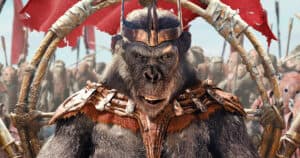
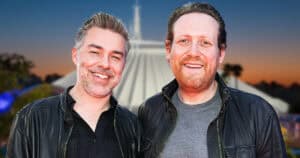

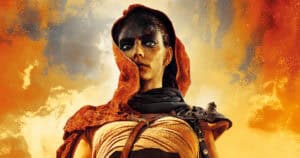

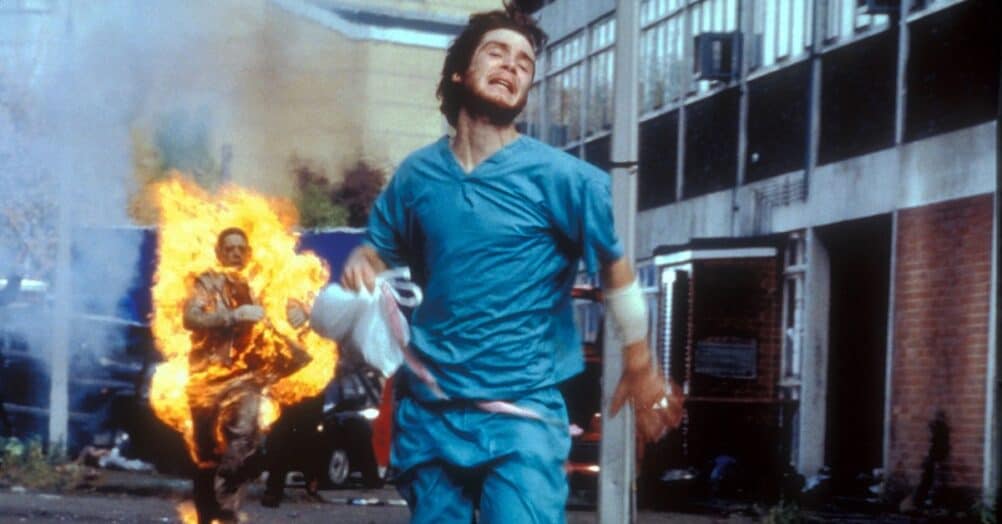
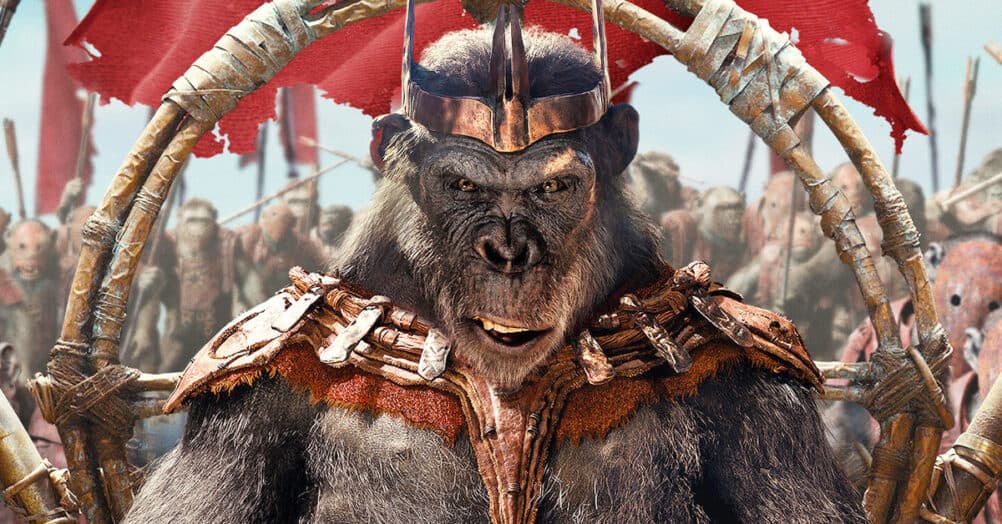
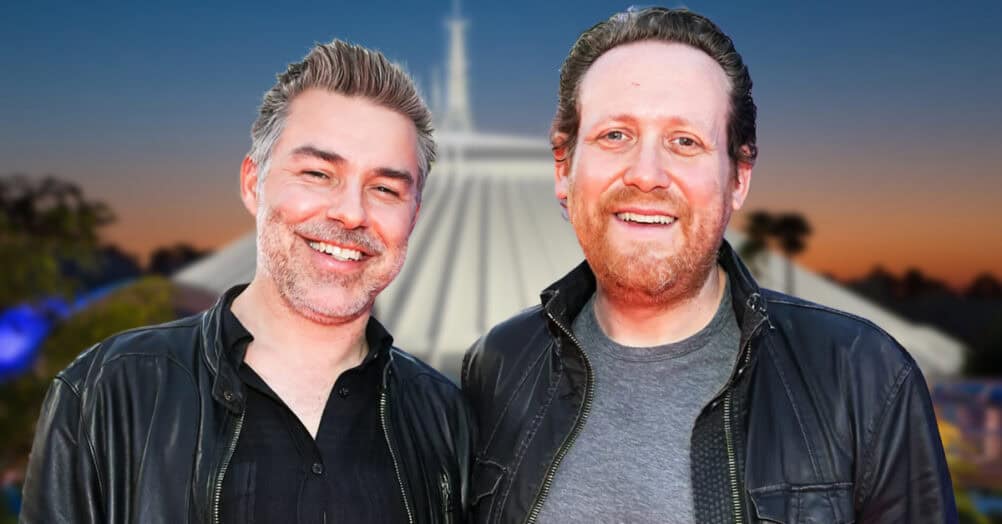
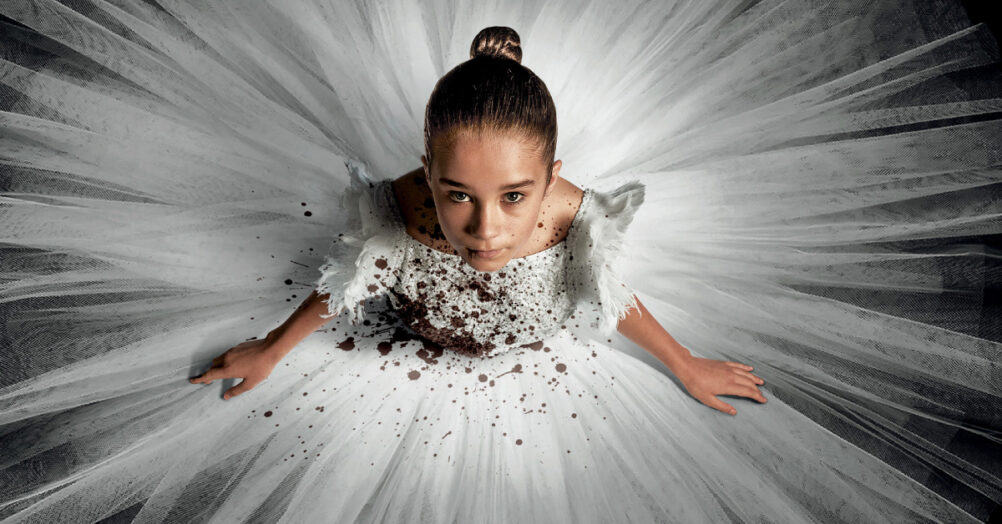
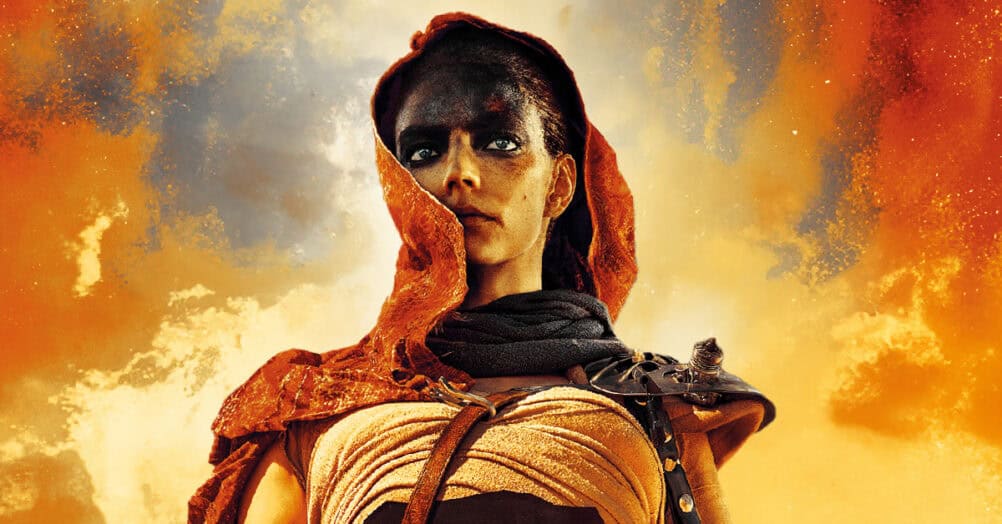
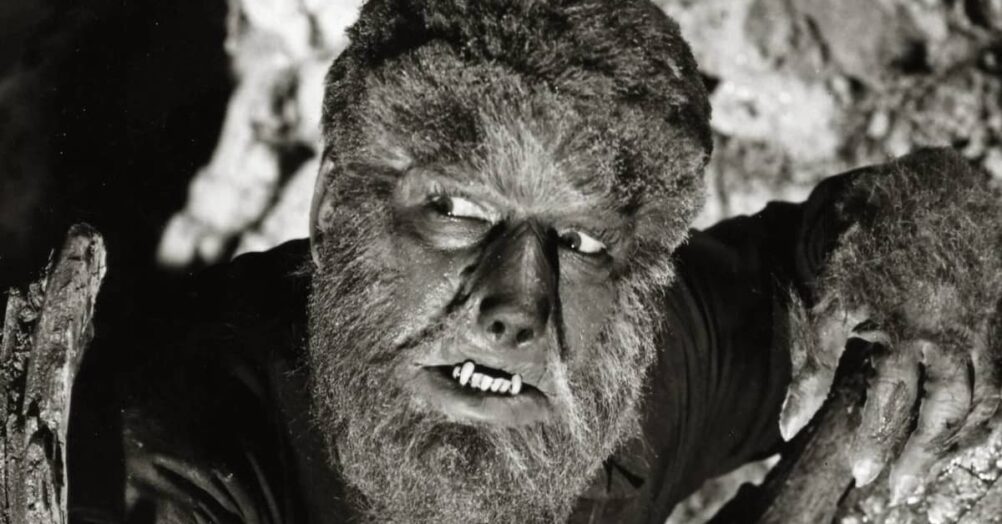
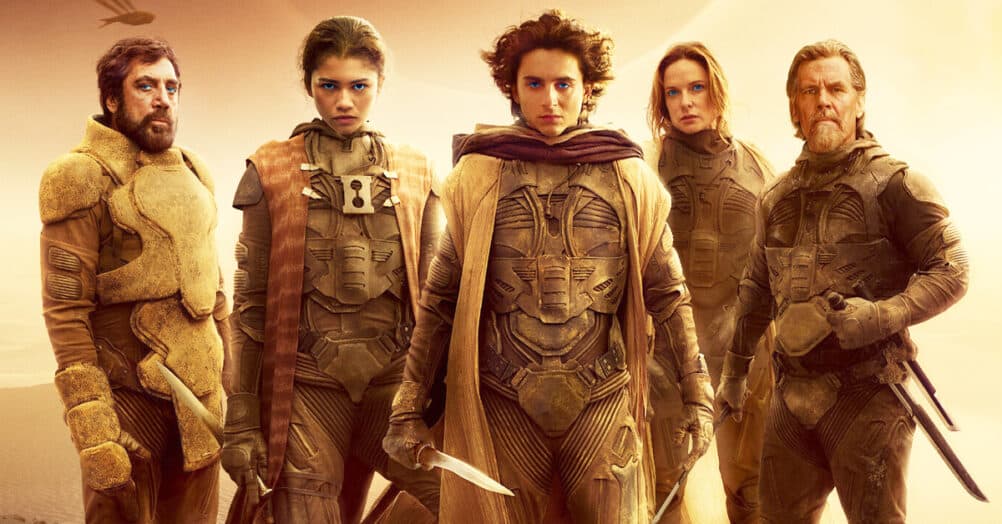
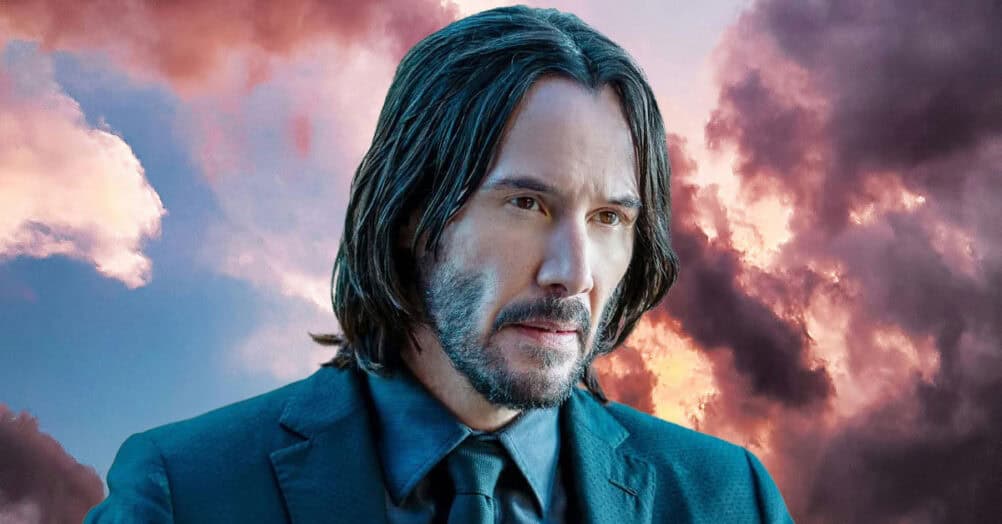
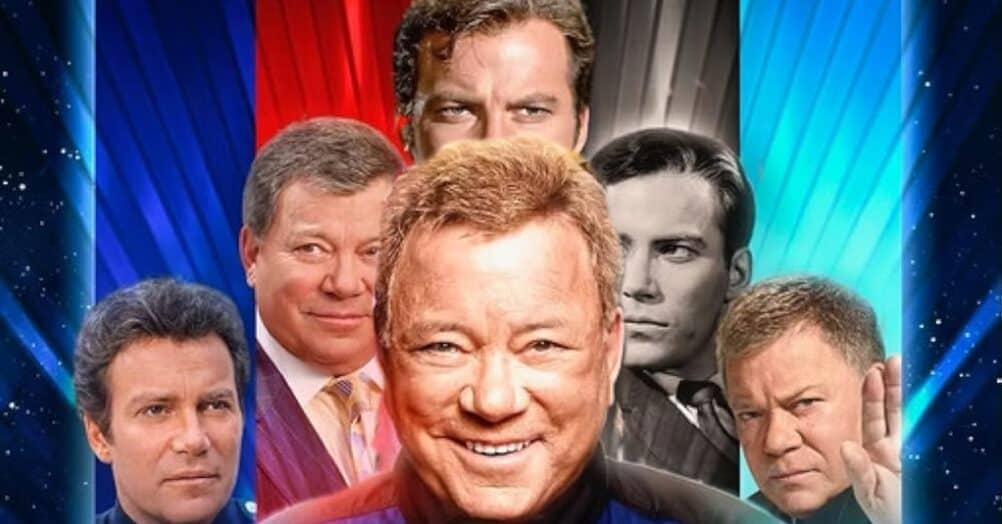
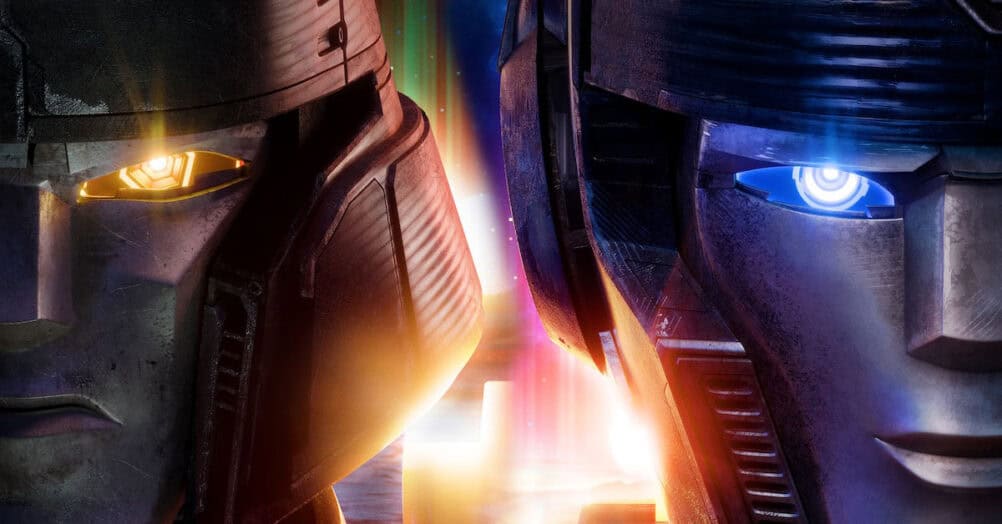
Follow the JOBLO MOVIE NETWORK
Follow us on YOUTUBE
Follow ARROW IN THE HEAD
Follow AITH on YOUTUBE